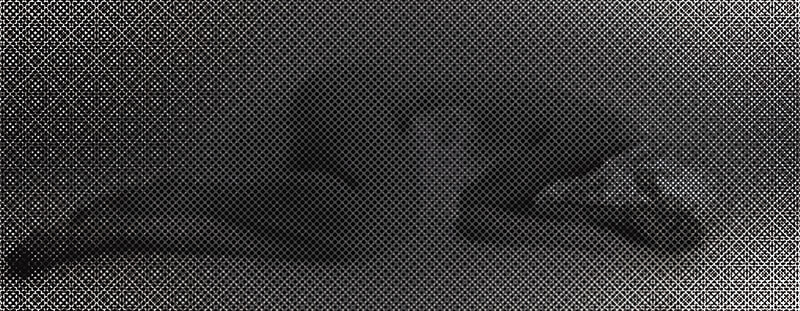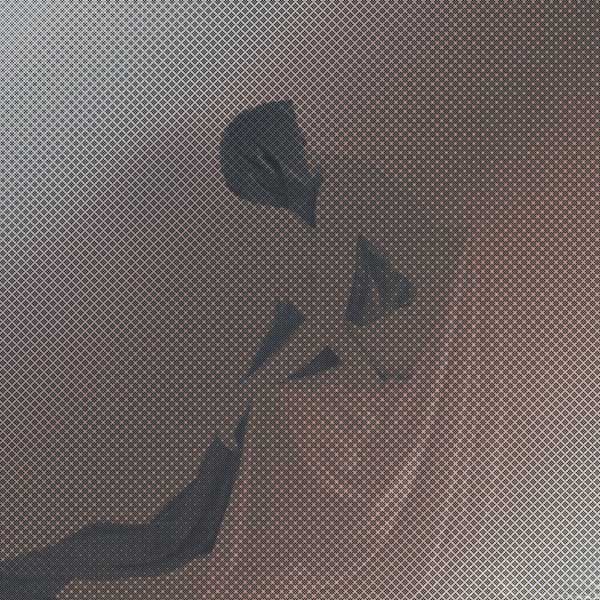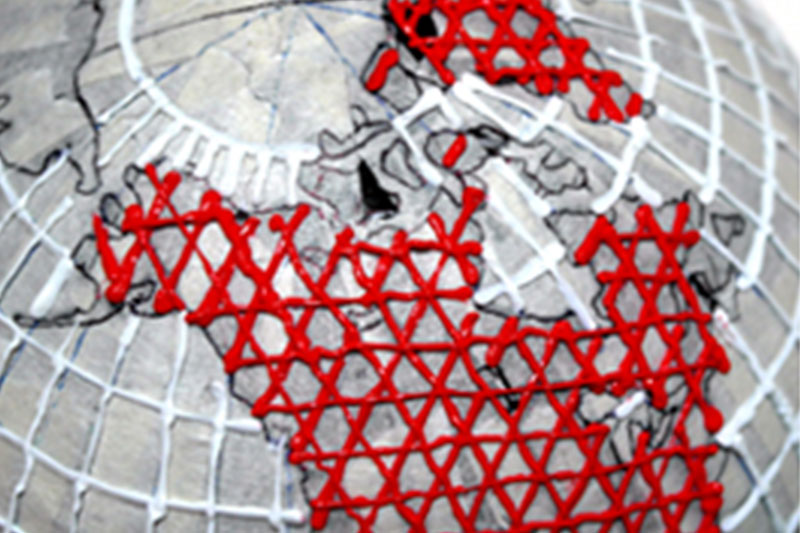Cornelia Kuglmeier is an amazing 3D pen artist and educator whose talent and techniques are some of the most creative and unusual.
She’s a highly knowledgeable 3D pen art community member who shares her doodling tips freely. Connie’s design approach turns fantasy into reality. You’ve no doubt seen some of her incredible Doodles on our Instagram. In addition to the content she posts on her Instagram, she’s also shared some incredibly detailed and helpful tutorials on her YouTube channel that explore creative tips and tricks to test out with a 3D pen.
This week we’ve partnered with Connie to reimagine the Pisces symbol from an artist’s perspective. Learn how she designed the piece and explore her 3D pen art tips and tricks!
Finding Creative Freedom
As Connie explains it, designing in 3D offers her artistic freedom. She can create anything she can dream up. And, if she’s working on a project and doesn’t care for something or is struggling to get the exact look she wants, she finds the plastic is easy to heat and remove to remold.
“Creating in 3D gives me infinite freedom. There’s just no limit,” said Connie. “You can draw lines into thin air if you like drawing, you can design pieces flat and assemble them if you’re into modeling and architecture, you can mix techniques, you can bend the plastic pieces with hot air, you can smudge the plastic with your pen’s nozzle, or you can bake and melt it into sheets. The creative possibilities are endless.”
Connie also likes to see where the process takes her. While designing, she never knows what might happen. So she takes every opportunity to try a new idea or test a new technique.
“I look forward to seeing where the experience will take me, and what I’ll discover next,” said Connie. “I love to delve into small things, try not to overlook things, and create pieces that give my audience many things to discover.”
Pisces Design Inspiration
Connie doesn’t follow zodiac signs closely, but she enjoys reading her horoscope from time to time. She’s an Aries and enjoys reading about the traits related to her sign to see if any match her personality, and some do.
“When I began working on the pisces piece, I looked up the astronomical sign and when I saw it was a fish I immediately had something colorful in mind,” said Connie. “I envisioned a fish with long fins, to show the floating, waving, weightlessness of those animals. I imagined them swimming in the air just like they do under water.”
Connie thought about using a coy or betta fish. When she was younger, she had a betta fish and was already familiar with it. Bettas also have long fins and come in a wide variety of colors. Connie knew she had a winner!
Aspiring Doodlers Take Note
Connie is a phenomenal 3D artist whose techniques and creativity inspire a community of Doodlers. Her suggestions for anyone looking to gain skills with a 3D pen are pretty simple.
“Work with the 3D pen. Seriously, if you browse my Instagram, I posted one of my first creations there, said Connie. “It was a clumsy little birdie, made with the first 3Doodler 3D pen. I was so extremely proud of it that day.”
Connie explains that working with hot plastic and getting a feel for a 3D pen can be daunting. But, the more you work with it, the less afraid you will be about what could go wrong and the more intrigued you become to see what more you can do. She recommends starting small by picking something simple or something you can try to recreate.
“It’s really important to use the 3D pen,” said Connie. “The more you use it, the more comfortable you are with its shape in your hand, the way it functions, the plastic and different filaments. You’ll gradually find the technique that suits you best.”
Once you become comfortable with the pen, Connie recommends trying the nozzle set. She used it for this project to create the fins and scales. Next, she attached the scales by melting them onto the body with the hot pen tip.
“For these fish, I used the angled nozzle to draw those ultra-thin, almost see-through fins, and the shiny scales,” said Connie. “The nozzle set is a great way to spice up your projects, if you find yourself looking for something new!”
As far as what to expect next from Connie, she’s happiest when experimenting and learning something new. In addition, she enjoys creating hyper-realistic pieces, like giant butterflies, and makes a nice piece of fan art now and then.
“Currently, I am working on detailed, monochrome pieces,” said Connie. “I’m mixing plants with animal traits and supersizing small things. My artistic style is always evolving as I learn new things.”


































































